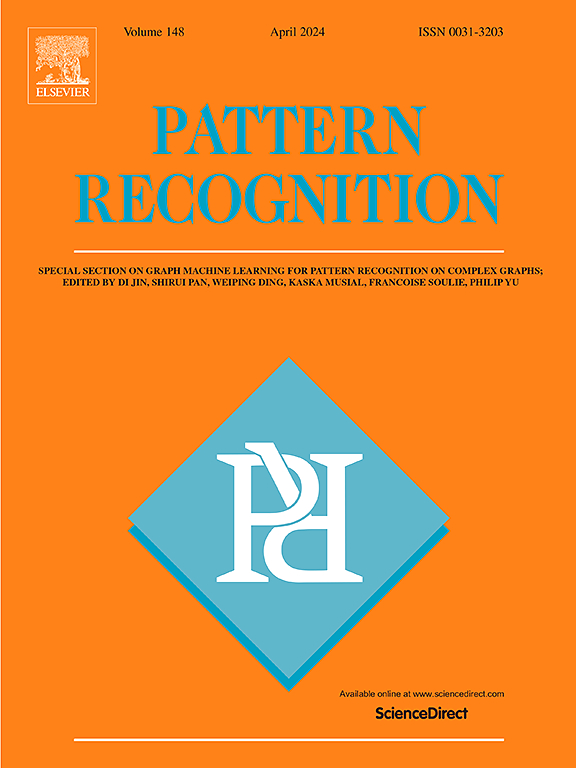Multi-Agent policy gradients with dynamic weighted value decomposition
IF 7.5
1区 计算机科学
Q1 COMPUTER SCIENCE, ARTIFICIAL INTELLIGENCE
引用次数: 0
Abstract
In real-world multi-agent systems, multiple agents need to coordinate with other agents due to some limitations of observation and communication ability. Multi-agent policy gradient methods recently have witnessed vigorous progress in such challenging settings. However, multi-agent policy gradient methods have scalability and credit assignment issues due to the centralized critic. To solve these issues, a novel Dynamic Weighted QMIX Based Multi-Agent Policy Gradients (DXM) is proposed in this paper, where the idea of dynamic weighted value decomposition is introduced into the framework of multi-agent actor-critic. Based on this idea, the proposed DXM approach has a more general decomposition on centralized critic than existing value decomposition methods, which address the scalability and credit assignment issue in both continuous and discrete action spaces. Briefly, in the presented DXM, deep deterministic policy gradient is employed to learn policies and a single centralized but factored critic, which can decompose the dynamic weighted nonlinear nonmonotonic summation of individual value functions. Empirical evaluations on the discrete action space environment StarCraft multi-agent challenge benchmark and the continuous action space environment continuous predator-prey benchmark show that the DXM approach successfully addresses the scalability and credit allocation issues. DXM significantly outperforms other baselines, with an average win rate improvement of >15 %.
求助全文
约1分钟内获得全文
求助全文
来源期刊

Pattern Recognition
工程技术-工程:电子与电气
CiteScore
14.40
自引率
16.20%
发文量
683
审稿时长
5.6 months
期刊介绍:
The field of Pattern Recognition is both mature and rapidly evolving, playing a crucial role in various related fields such as computer vision, image processing, text analysis, and neural networks. It closely intersects with machine learning and is being applied in emerging areas like biometrics, bioinformatics, multimedia data analysis, and data science. The journal Pattern Recognition, established half a century ago during the early days of computer science, has since grown significantly in scope and influence.
 求助内容:
求助内容: 应助结果提醒方式:
应助结果提醒方式:


